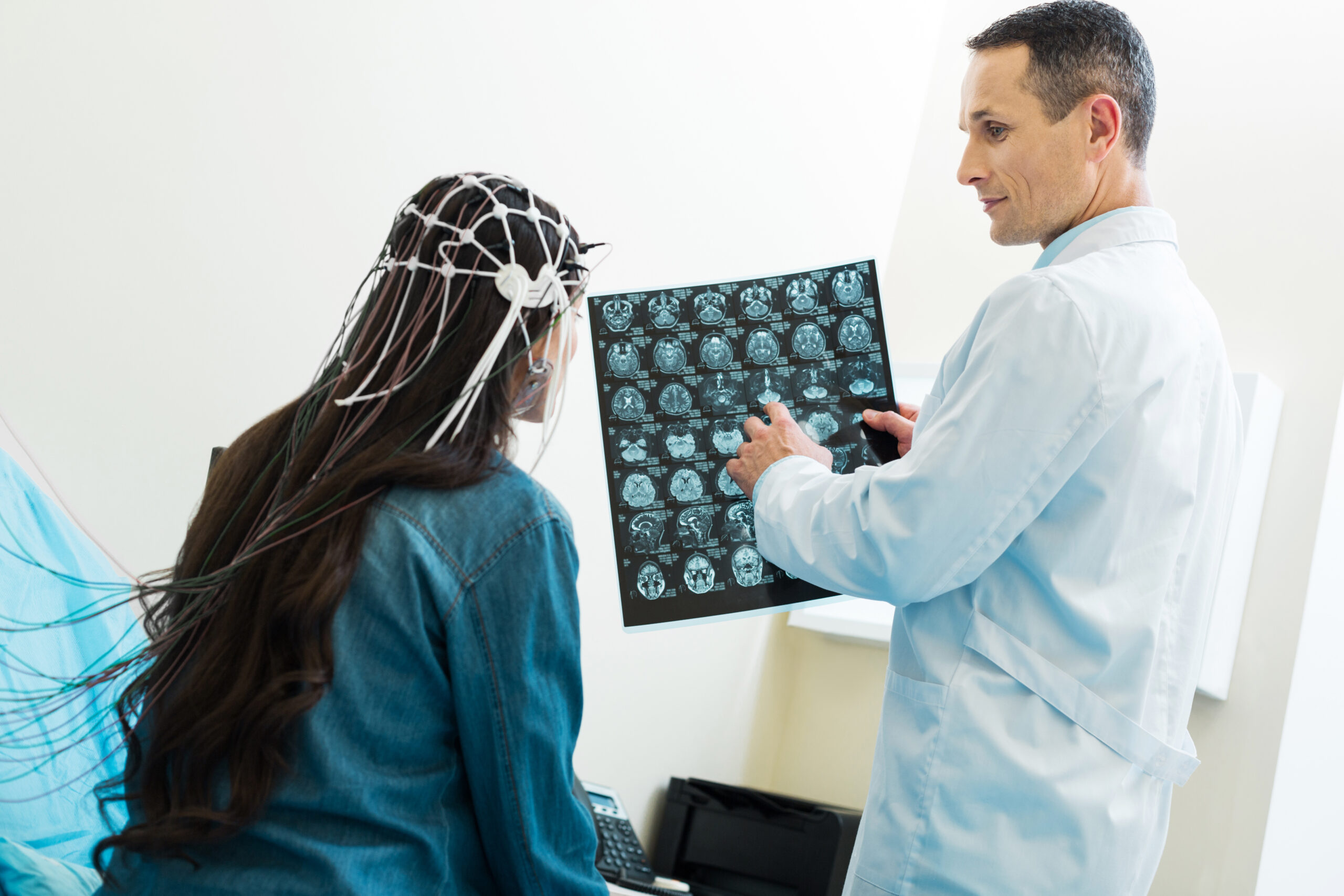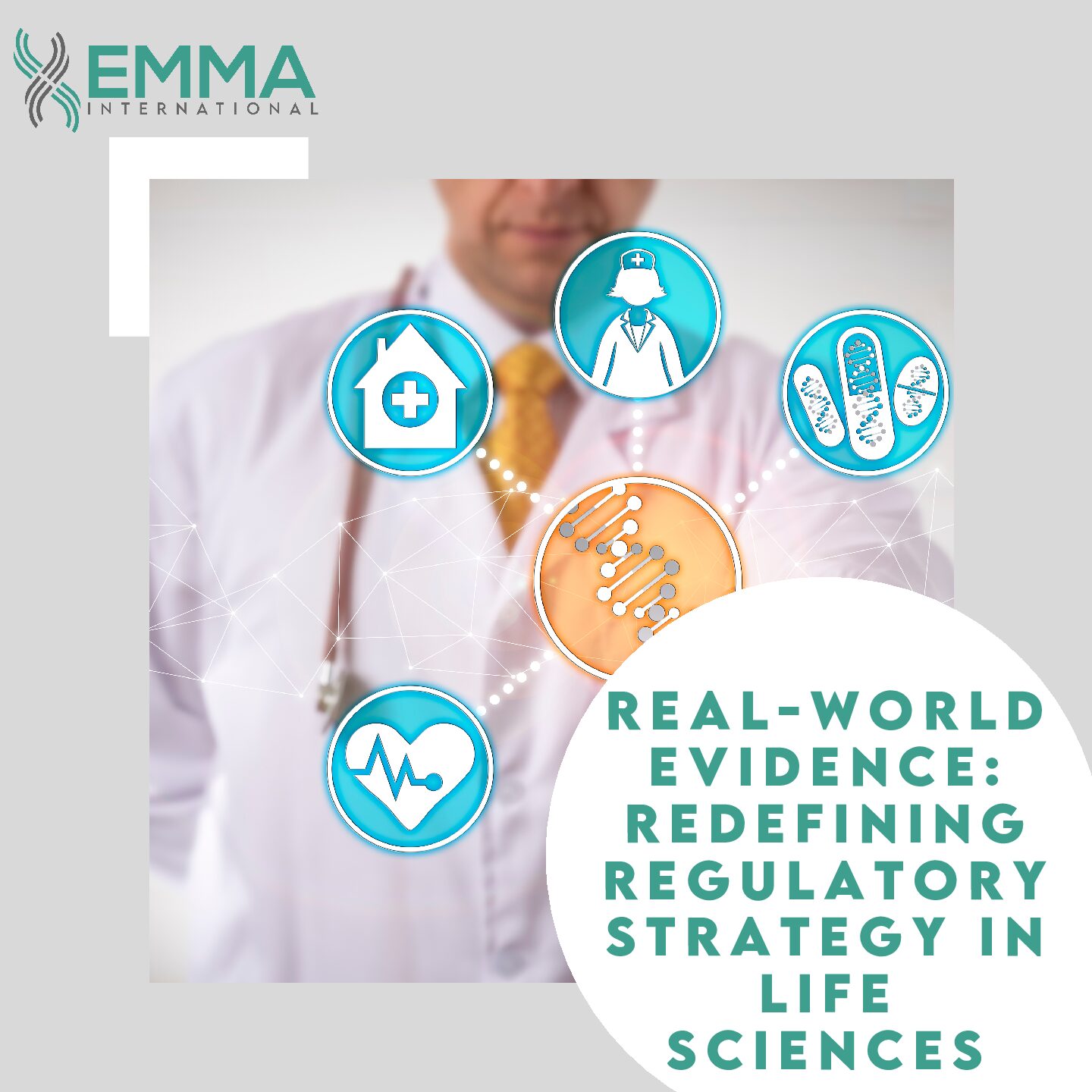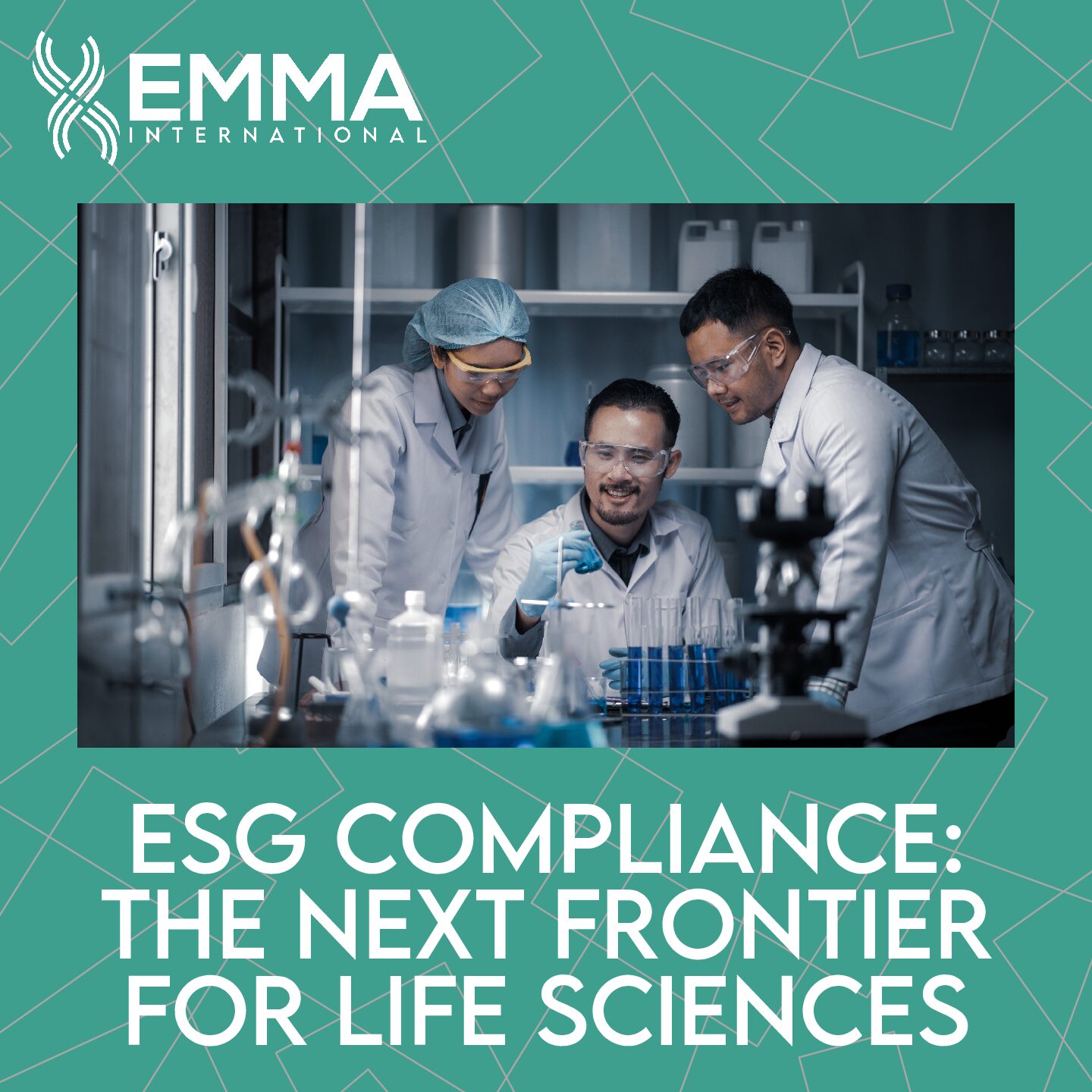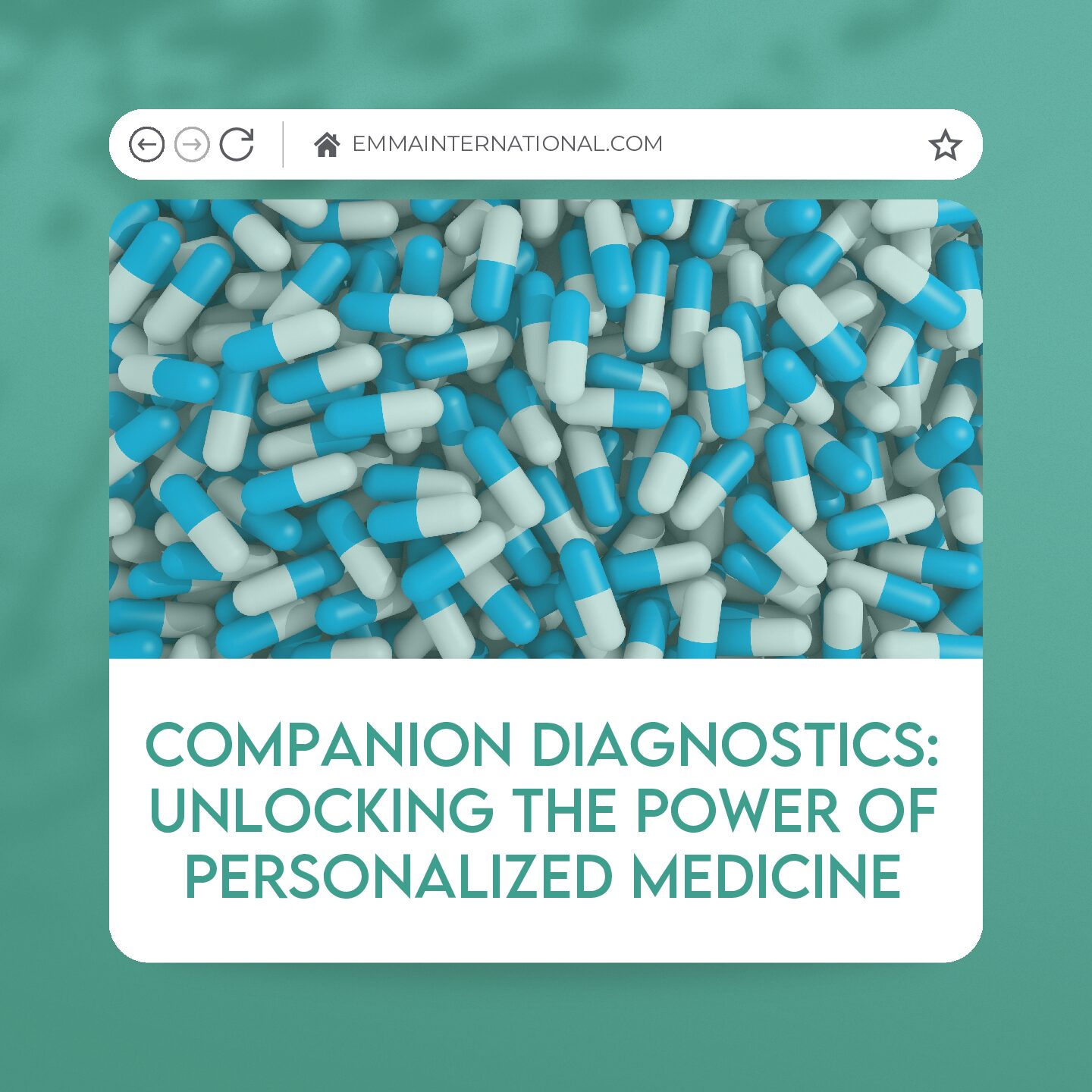The FDA plays a critical role in ensuring that medical products, including drugs, biologics, and medical devices, are safe and effective for public use. Traditionally, the FDA has relied heavily on clinical trials to gather evidence. However, in recent years, the FDA has increasingly turned to Real-World Evidence (RWE) to complement clinical trial data, making the regulatory process more robust and reflective of actual patient experiences. In this blog, we’ll discuss how the FDA uses RWE and its impact on healthcare innovation and patient safety.
Real-World Evidence refers to the clinical evidence derived from Real-World Data (RWD), which is data relating to patient health status and the delivery of healthcare collected from a variety of sources. These sources include:
- Electronic Health Records (EHRs)
- Medical Claims and Billing Data
- Product and Disease Registries
- Patient-Generated Data (including data from wearables and mobile devices)
- Data from other sources that can inform on health status, such as social media and health apps
RWE provides insights into how medical products perform in routine clinical practice, offering a more comprehensive understanding of their benefits and risks.
The shift towards RWE is driven by several factors, including its ability to provide comprehensive insights. RWE provides a broader view of how treatments work across diverse populations and real-world settings, beyond the controlled environment of clinical trials. Leveraging RWE can expedite the regulatory decision-making process, potentially bringing beneficial treatments to patients more quickly. Additionally, collecting RWE can be more cost-effective than conducting new clinical trials, particularly for assessing long-term outcomes and rare side effects.
RWE is instrumental in monitoring the safety and effectiveness of medical products once they are on the market, helping to identify issues that may not have been evident in clinical trials.
The FDA’s approach to utilizing RWE is structured and systematic, ensuring that the evidence gathered is reliable and valid. The FDA has published several guidance documents outlining how RWE can be used in regulatory decision-making. These documents provide recommendations on the design and conduct of studies using RWD.
Ensuring the quality and integrity of RWD is crucial. The FDA sets standards for data collection, processing, and analysis to ensure that RWE is credible and can be used confidently.
The FDA emphasizes the importance of robust analytical methods to address potential biases and confounding factors inherent in RWD. Advanced statistical techniques and machine learning models are often employed to enhance the validity of RWE.
The FDA collaborates with a variety of stakeholders, including industry, academia, and healthcare providers, to advance the use of RWE. Programs like the FDA’s Sentinel Initiative and the National Evaluation System for health Technology (NEST) are examples of such collaborative efforts.
RWE is used in various aspects of the FDA’s regulatory activities, including:
- Approval of New Indications: RWE can support the approval of new uses for existing medical products. For example, a drug initially approved for one condition might receive approval for another condition based on RWE demonstrating its efficacy and safety.
- Post-Market Safety Monitoring: RWE plays a critical role in post-market surveillance, helping to detect adverse events and long-term effects of medical products. This ongoing monitoring is essential for maintaining public health.
- Expedited Regulatory Pathways: Programs like the Breakthrough Devices Program leverage RWE to facilitate the development and review of innovative medical devices that provide more effective treatment or diagnosis of life-threatening or irreversibly debilitating conditions.
- Health Technology Assessments (HTAs): RWE informs HTAs, which evaluate the clinical and cost-effectiveness of new technologies, aiding in coverage decisions and reimbursement policies.
The future of RWE in regulatory science looks promising, with ongoing advancements in data analytics, artificial intelligence, and machine learning. These technologies will enhance the FDA’s ability to analyze large, complex datasets and derive meaningful insights. Additionally, increased integration of RWE into the regulatory process is likely to foster more adaptive and responsive regulatory frameworks, ultimately improving patient outcomes.
Real-World Evidence is reshaping the landscape of medical product regulation. By incorporating RWE, the FDA enhances its ability to ensure that medical products are not only safe and effective in controlled clinical settings but also in the diverse, everyday environments where patients live and receive care.
Do you need help navigating the regulatory maze for your product? EMMA International can help! Contact us at 248-987-4497 or email info@emmainternational.com to learn more.
FDA (Feb 2023) Real World Evidence retrieved from: https://www.fda.gov/science-research/science-and-research-special-topics/real-world-evidence






